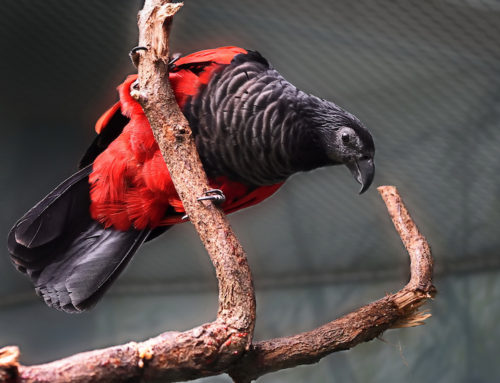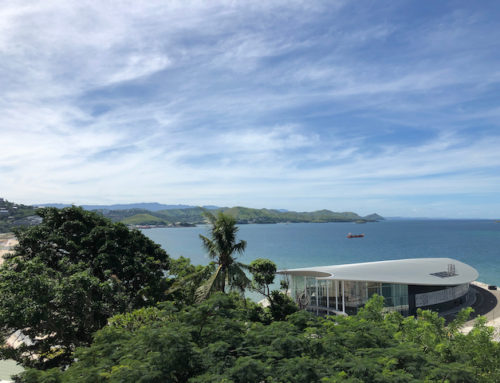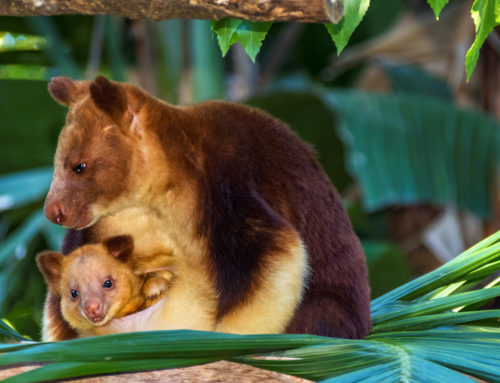Traditional Flavours of Papua New Guinea
Thursday 9 April, 2020
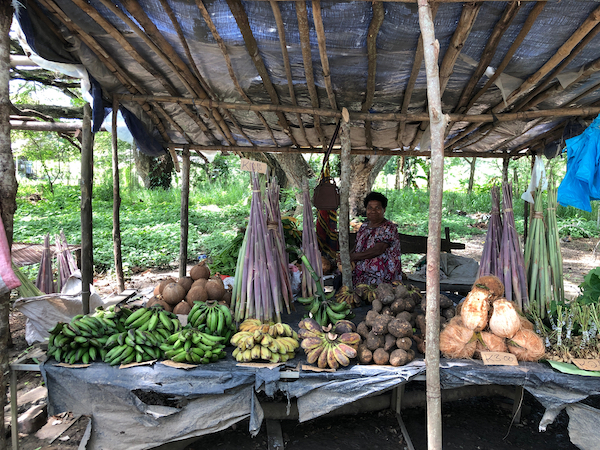
With a diet based on what’s readily available in the local area, PNG cuisine offers a fascinating insight into the local culture of its many regions. Markets reign supreme as the place to source fresh produce, while subsistence farming supports a thriving local trade.
Here’s what’s on the menu when it comes to the traditional flavours of PNG.
A vegetarian influence
Over 82 per cent of Papua New Guinea relies on subsistence farming, making the produce available linked to the seasons and the local regions.
Common agricultural crops include sago, yam, and taro, while tropical fruits such as pineapple, bananas, passionfruit, pawpaw and mango are also in ready supply.
Green vegetable leaves play a critical role for both nutrition and nourishment, with Rungia, Kangkong, Amaranth, Aibika among the green leafy items regularly added to traditional meals. These are grown by about a third of the PNG population, and the leaves are cooked when young.
With palms in plentiful supply, coconut milk is also a regular ingredient, while another popular item derived from palms is sago. Extracted from the sago palm it is used to make bread, dumplings, sweets and a host of other traditional items.
Meanwhile, sweet potato was only introduced to PNG around 400 years ago, but it is now one of the most commonly cultivated and eaten vegetables across the country.
It shares the vegetable limelight with taro, which tastes similar to sweet potato, but soaks up flavour like a sponge. Taro is also used extensively in traditional ceremonies, where the preparation is an art in itself.
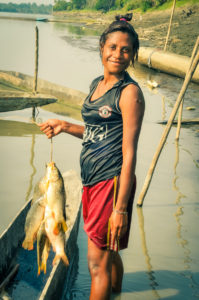
Meat and fish
Meat is considered a delicacy in Papua New Guinea and like produce, the ingredients used depend on what’s available.
In coastal regions, seafood is a major component of the diet, while fresh fish including the Kokoda fish is utilised by communities living in inland areas with rainforest rivers and streams.
The ultimate celebratory meat of PNG is pork, which is often cooked with great care for special occasions. It, along with sweet potato, rice, and vegetables comprises part of the national dish of PNG, known as mumu.
Chicken is also a regular feature, and found in another common dish – chicken pot.
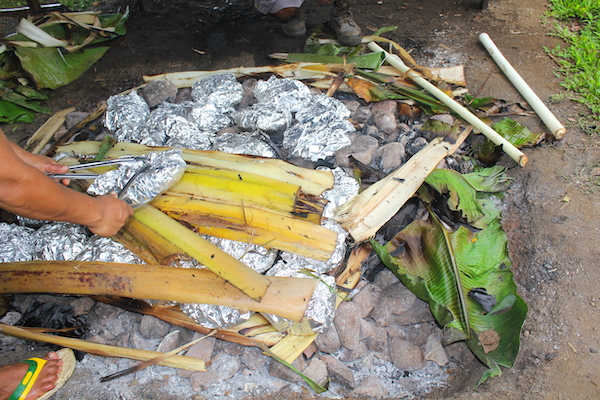
Cooking styles
Although many urban areas of PNG have access to modern conveniences like water and electricity, in outlying villages, traditional lifestyles are still prevalent.
In these areas, much of the cooking is undertaken using hot coals, pots over open fires, or in ground ovens (mumu). Often also used for traditional celebrations, a mumu contains fiery hot coals, with banana leaves placed on top. Food is then placed in the oven, and covered with further banana leaves, allowing the food to steam over the course of hours.
About Paga Hill Estate
Paga Hill Estate is a world-class, master-planned estate in the heart of Port Moresby, Papua New Guinea. The waterfront site is the first comprehensively planned multi-use development in Papua New Guinea to be enjoyed by both residents and visitors alike.
The all-inclusive development will include vibrant public spaces and waterfront promenade, luxury hotels, residential apartments, restaurants, retail, commercial space, a Trade, Exhibition & Cultural Centre, restoration of WWII relics, marina precinct and a nearby international cruise liner terminal.


